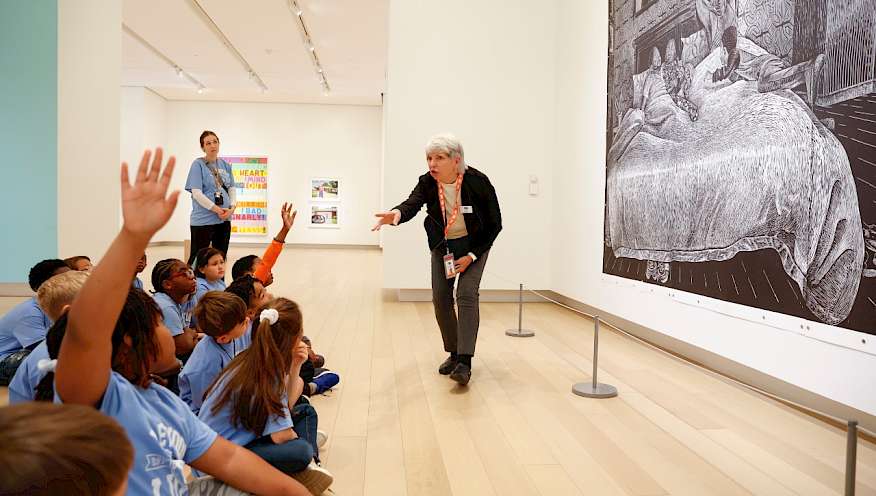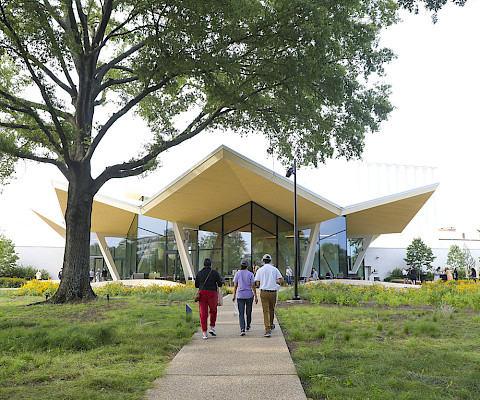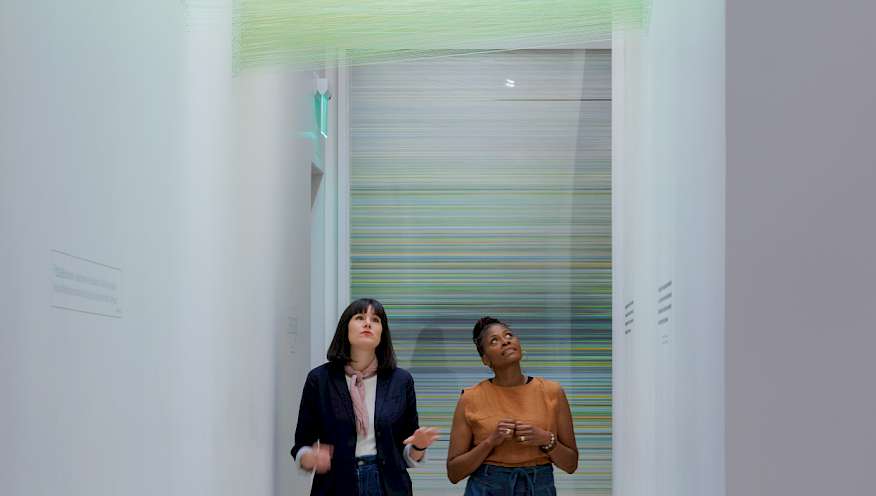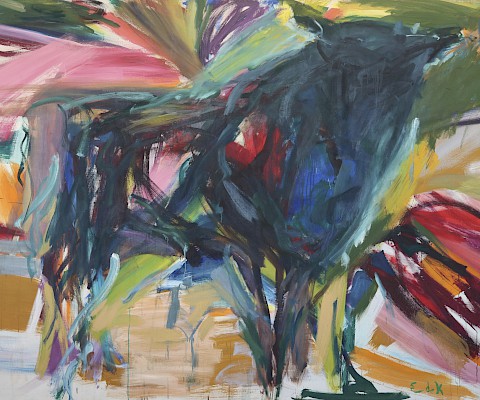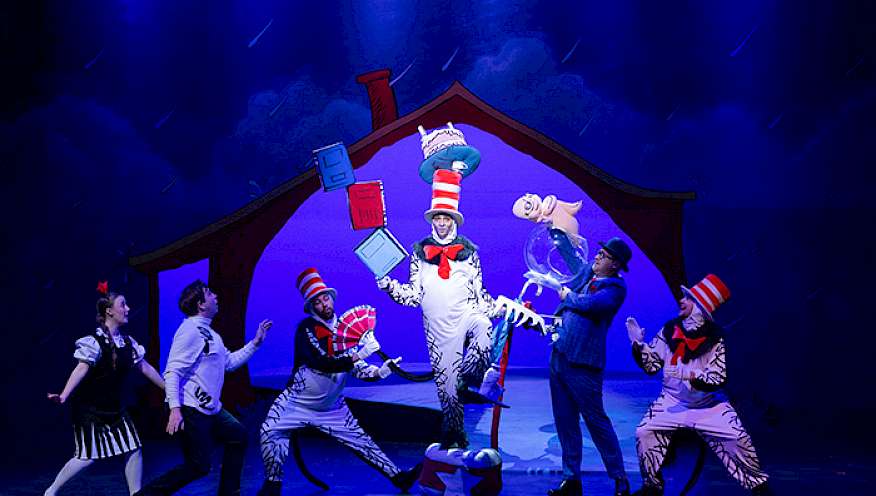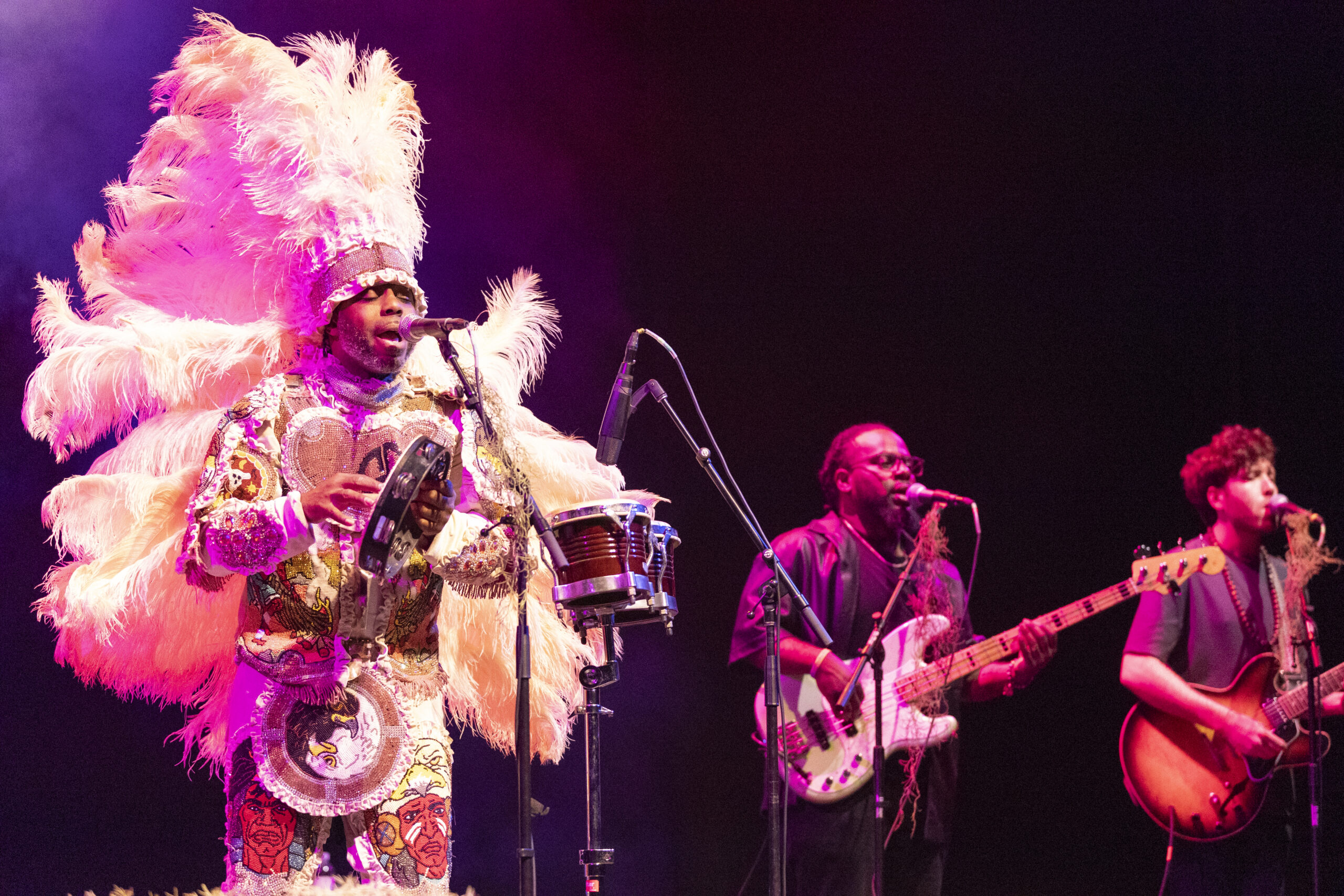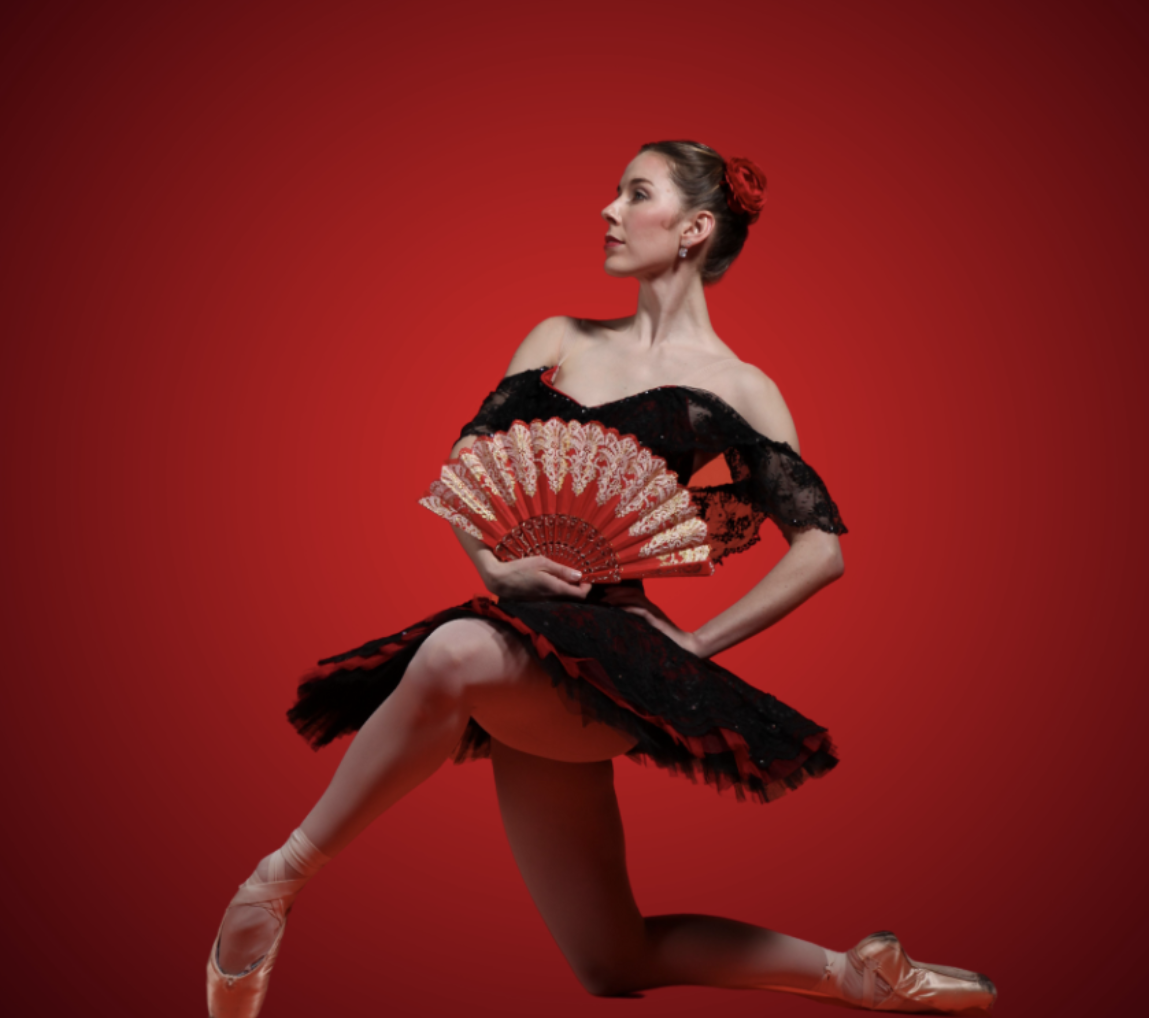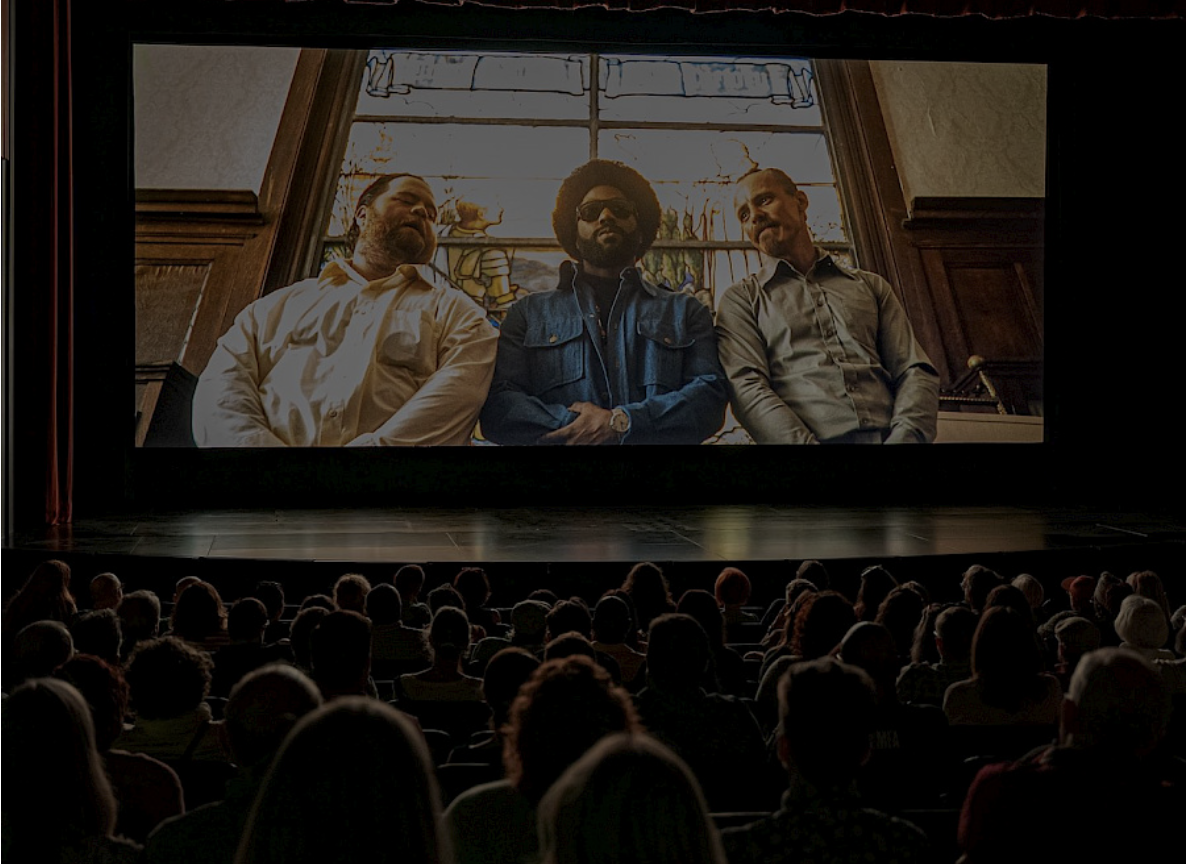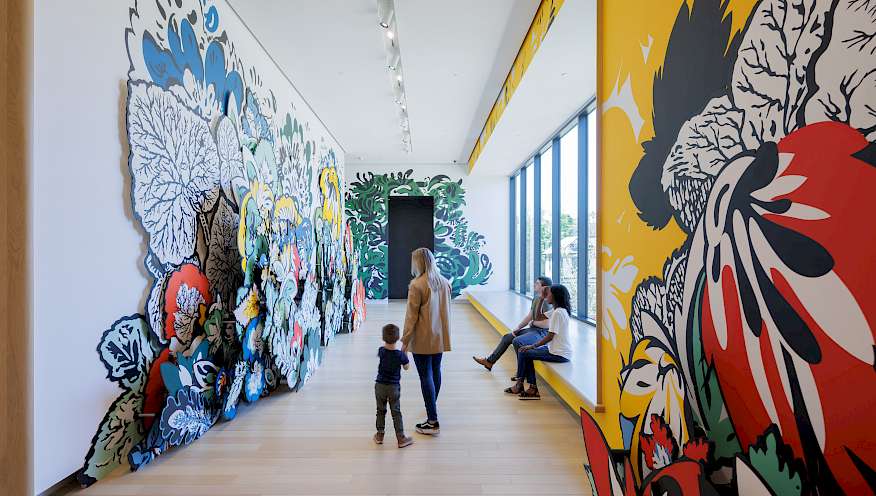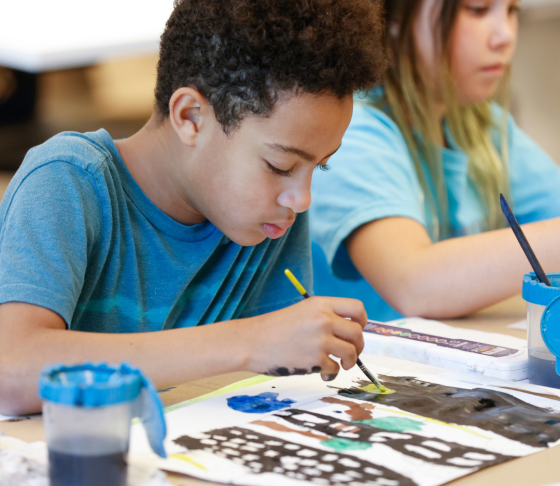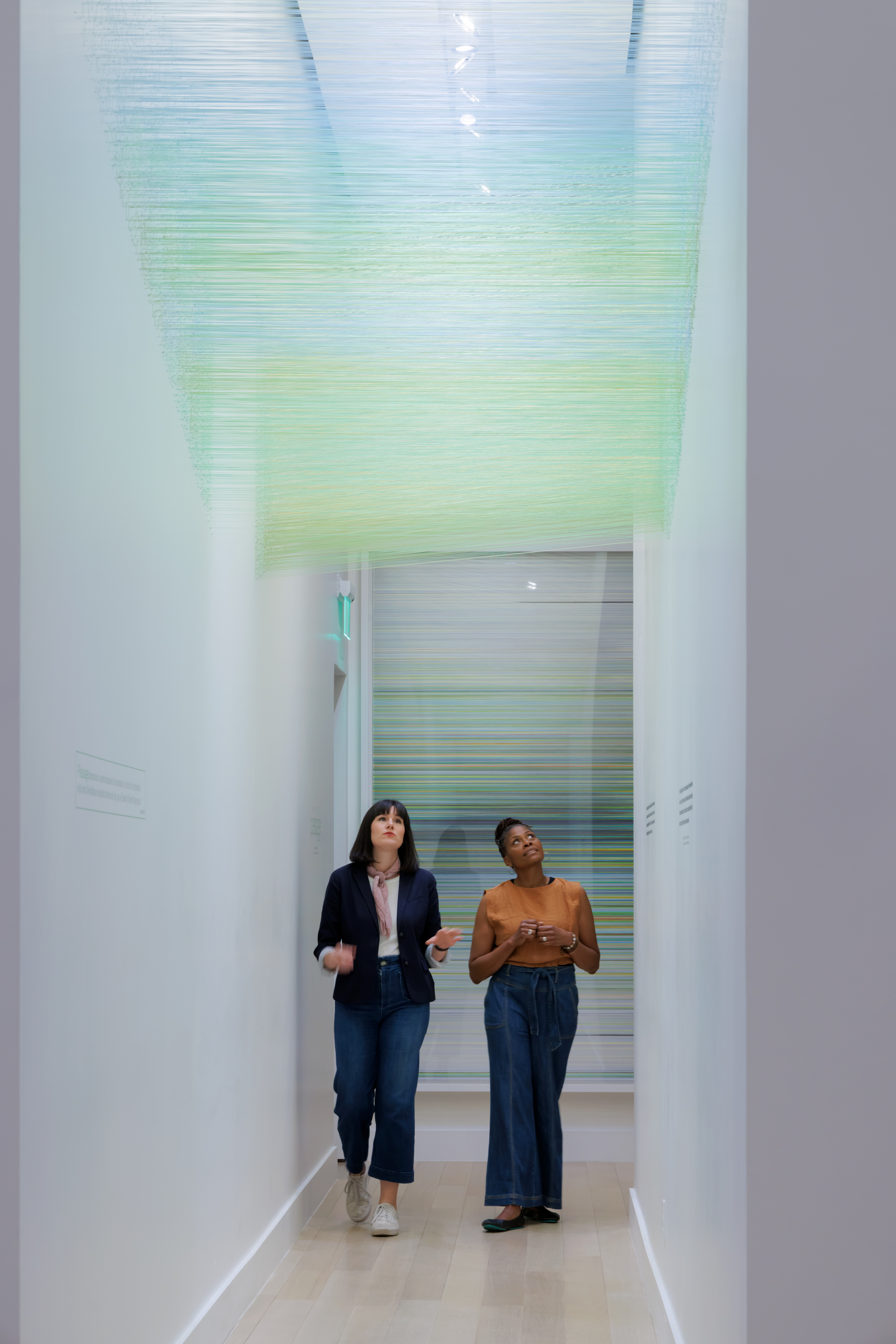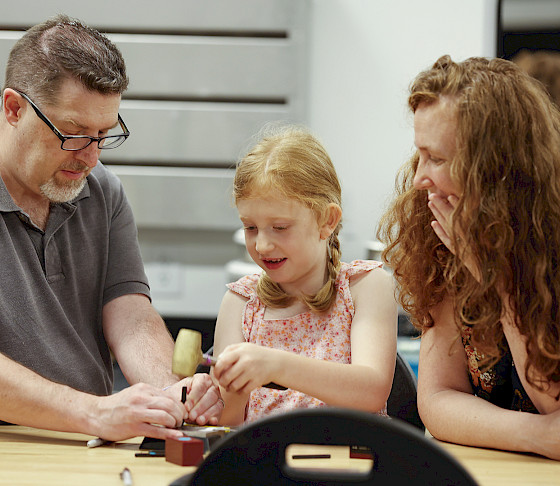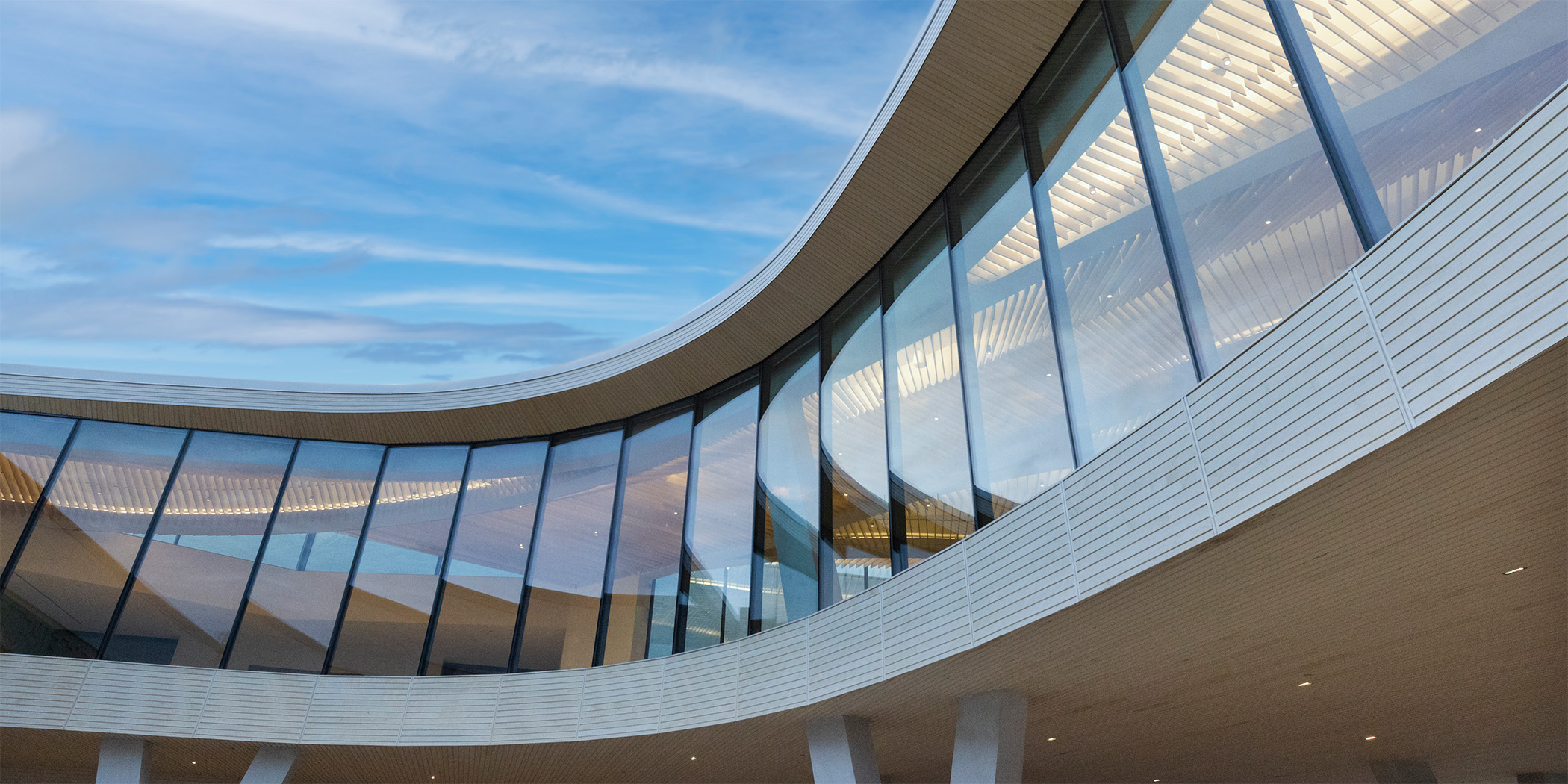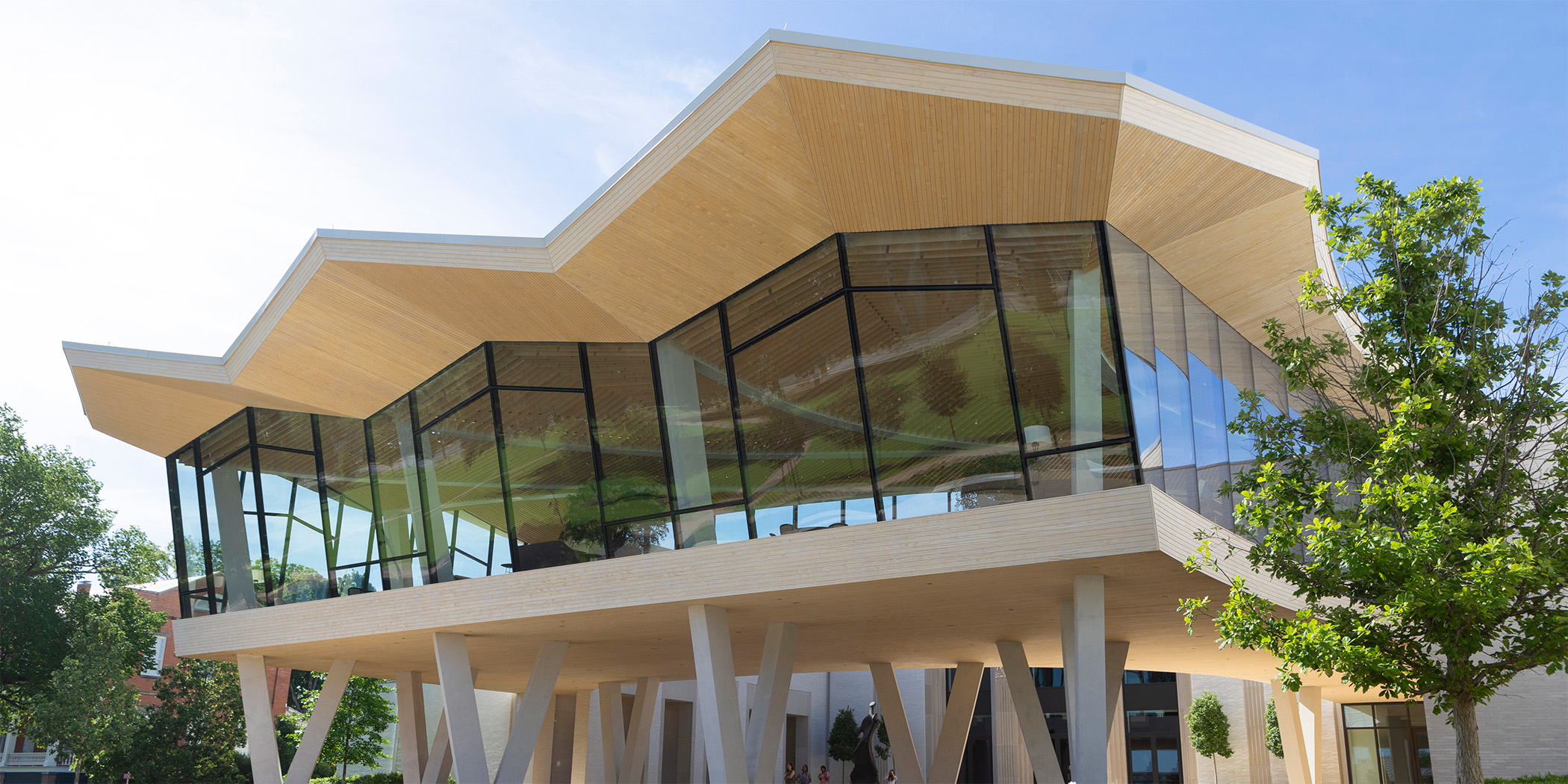Robert Rauschenberg
died in May 2008American painter, who played an important role in the transition from abstract expressionism to pop art. Born in Port Arthur, Texas, he studied art in Paris and at several schools in the United States, including Black Mountain College, where he studied under American painter Josef Albers. His early works were boxed studies containing blueprints and paintings in black and white. During the early 1950s he produced collage paintings in which freely brushed expressionist canvases were overlaid with bits and pieces of actual textiles, photographs, and torn newspaper clippings. In 1955, he made his first "combines," three-dimensional assemblages in which paintings were combined with found images, such as photographs, and objects of popular culture traffic signs, light bulbs, Coca-Cola bottles, radios to create ironic or ridiculous effects. The best known of these, Monogram (1955-1959, Moderna Museet, Stockholm), features a stuffed goat with an automobile tire around its middle. These hybrid works, emphasizing mass-production objects, had a strong influence on the pop art movement of the 1960s. After 1962, Rauschenberg experimented with silk-screen prints first in black and white, later in color—in which repetition of imagery played a strong role. Much of his work during the 1970s and 1980s was devoted to collages, lithographs, and other forms of the graphic arts, including photography. Rauschenberg Photographs appeared in 1981.HOW TO CITE THIS ARTICLE"Rauschenberg, Robert," Microsoft® Encarta® Online Encyclopedia 2000http://encarta.msn.com © 1997-2000 Microsoft Corporation. All rights reserved.


